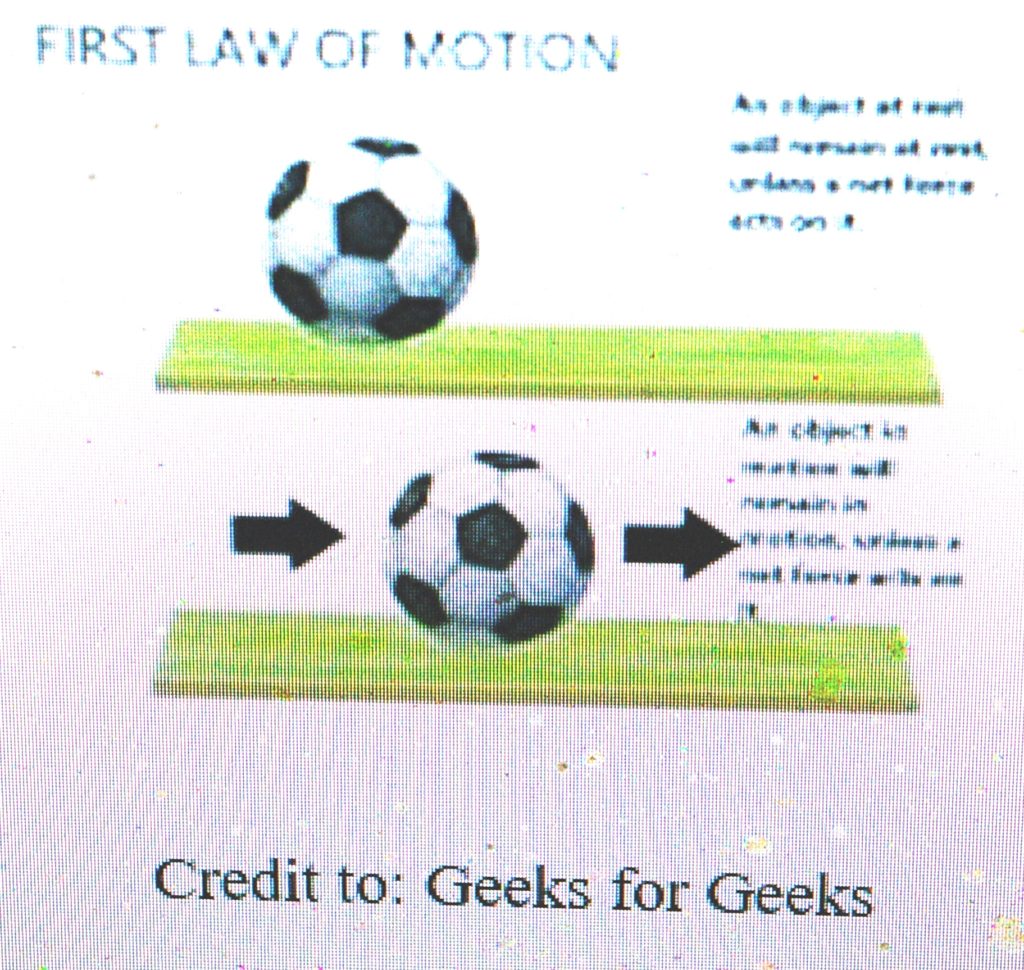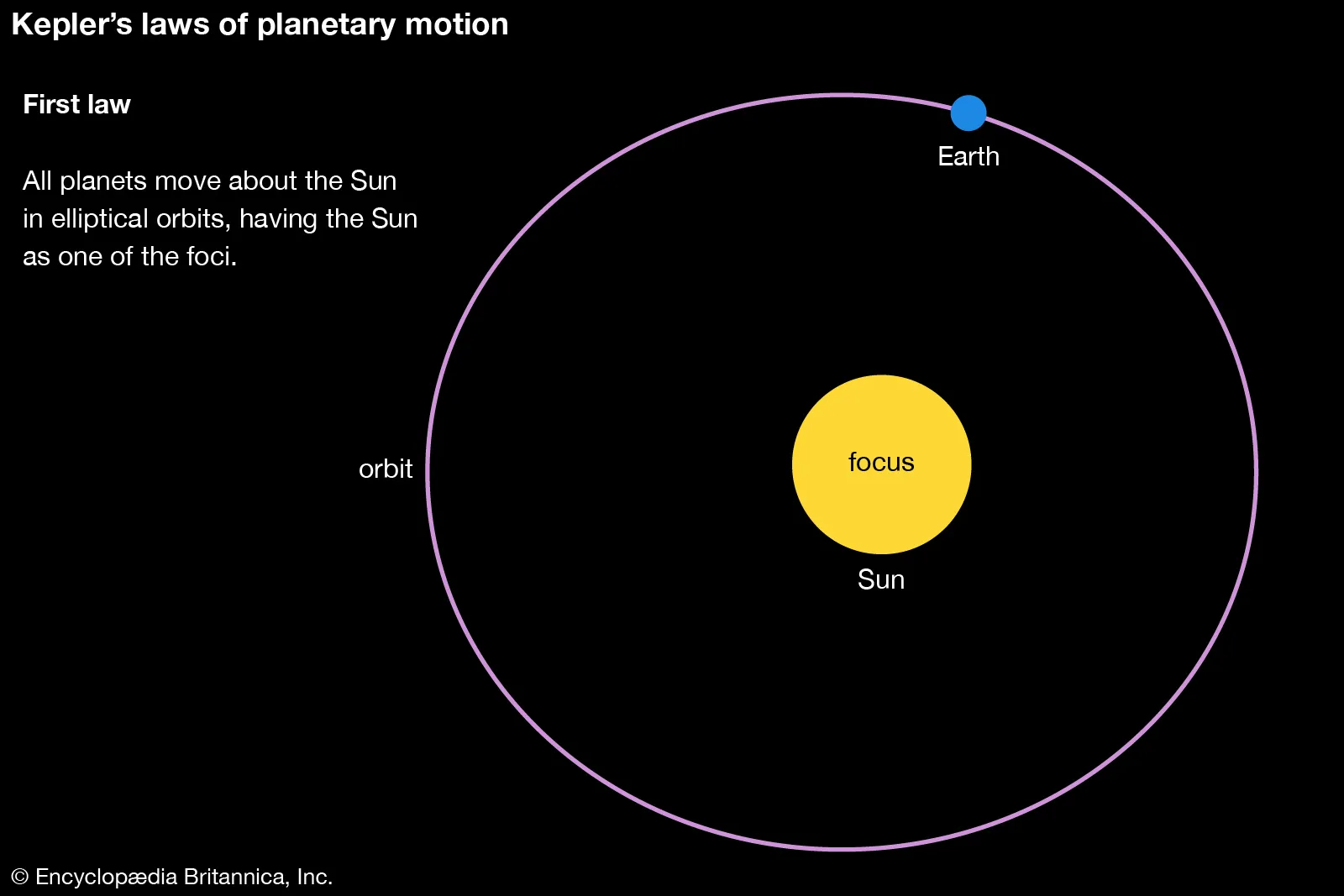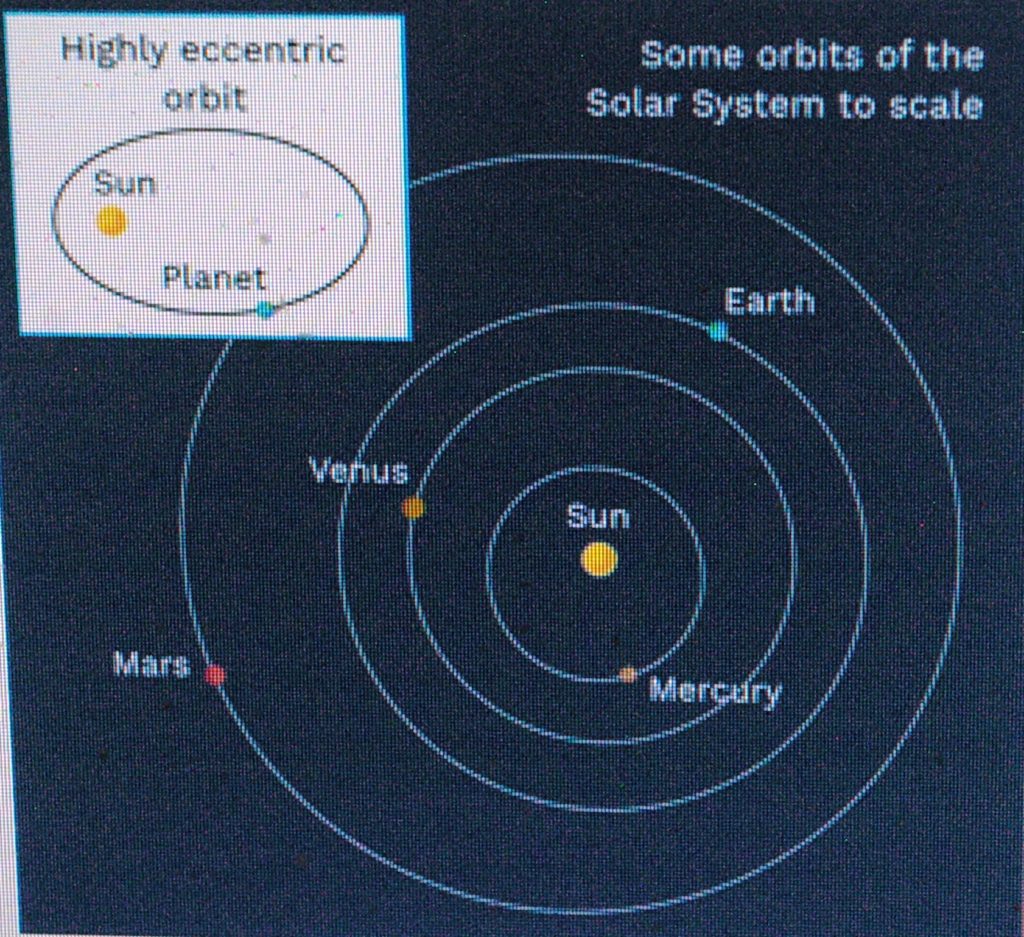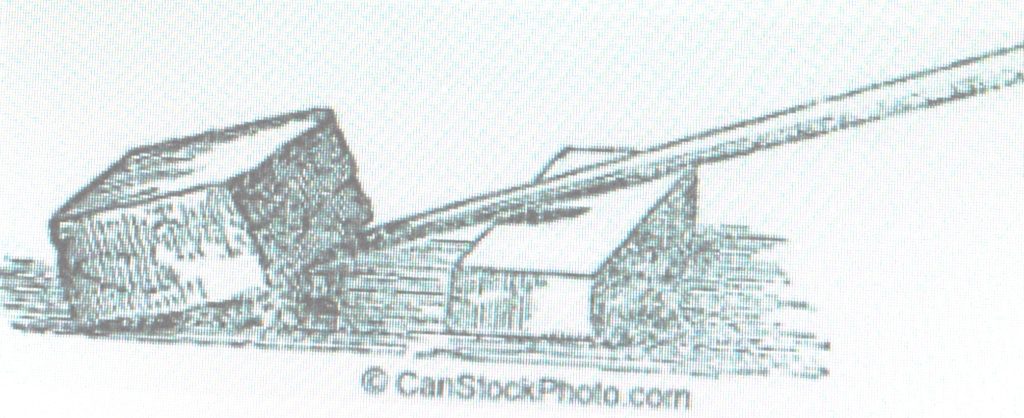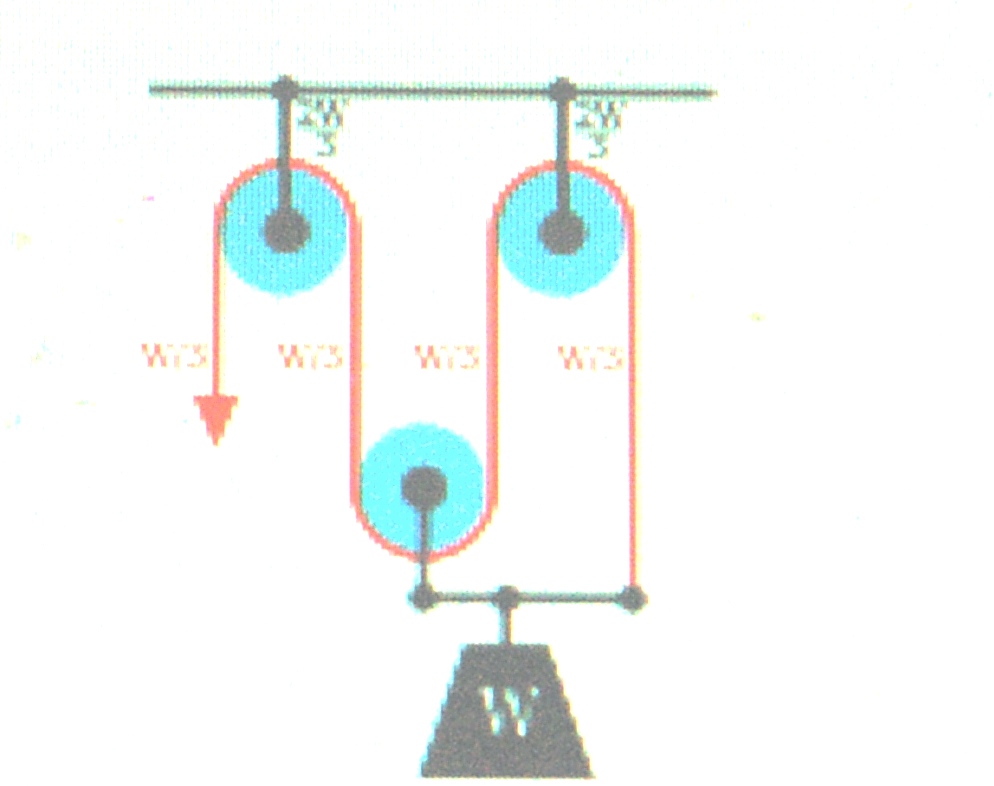Introduction
What comes to mind when you hear the word “race”? Grab a piece of paper and pen or pencil and jot downby words or phrases that the word “race” evokes.
Key words: race, racism, racial classification, racial ethnic classification, public health research, public health monitoring.
History The concept of race emerged in the 1600’s, according to one source, with the American Colonial Trans-Atlantic slave trade which was used to exploit and decimate people of colored skin. (Hirschman) According to another source, the well-known and equally well-respected Swedish botanist, Carolus Linnaeus, in his book Systema Naturae (Linnaeus 1735), classified all living “things” into a hierarchical arrangement, (see Essay XI) in which he grouped species into larger categories called genera, genera into larger groups and so forth. Initially, he grouped humans into four skin color categories: White European, Reddish American, Tawny Asian, and Black African. Later, however, he opinionated himself by adding positive and negative traits. For example, he depicted White Europeans as “muscular, wise, and governed by ‘rites’” while characterizing Black Africans as “lazy, sly, sluggish, neglectful, and governed by reprice.” Additionally, Linnaeus got caught up in the times, which relied on religion to explain natural things. The current explanation at the time was that nature proceeded in a “Great Chain of Being that descended in a hierarchy from God.” It became a logical extension to continue that line from White European to Red American and Black African. (O’Connell, M. et al.) (see Essay XI) Globally, the separate notion of “race” arose slowly; the separation of groups into fundamentally “superior and inferior” races has been used to justify discriminatory laws, policies, and practices that deny equal rights and opportunities based on “race,” racism, racial classification, racial ethnic classification, public health research, and public health monitoring.
Types of racism
These discriminatory constructs include “Jim Crow” Laws in many southern states, and the “Black Laws” in northern states, both of which prevailed for 100 years after the Civil War ended. (Hirschman, C) Beyond the obvious discrimination, let’s look into the effect of the underlying biological belief for “race”. Official birth and death records, healthm and census forms have a 4-6 race component, and this is just a short list. Now, sometimes this can be an asset if it serves in the apprehension of a “criminal person-of-interest” or a “race” related genetic defect or medical condition. But too often, it is a detriment. Besides “race”, other criteria include age, sex, and sometimes religion. However, except for religion, the other three do represent a fundamental difference in biology.
Turning to a related term, the pseudo-scientific term “race” leads to the social construct of racism and racism leads to racial discrimination, and
unfair practices or treatment, even though it is technically illegal. Socioeconomic and health inequities still exist because of long standing, deeply- rooted archaic laws, customs, and beliefs, which is a well-documented fact. Because age and gender do reflect essential biological differences, it is assumed that “race” determines certain fundamental differences in humans. And I might point out that certain inheritable conditions do run in certain “races”. Sickle Cell Anemia, for example, is much more common in dark skinned populations and Tay Sachs disease is prevalent in certain Jewish populations. But if you accept. the premise that what we usually call different races more accurately represents different ethnicity, then you eliminate one reason for “race” and, therefore, racism. However, the aforementioned represent cultural differences more than biological ones. Cetera has identified the genetic code forum to kinds of individuals representing four different ethnic groups: Hispanic, Asian, Caucasian, and African American. Based on his work, It has been determined that there is no biological basis or genetic basis to support the belief that the “races” differ genetically. This does not mean that people from different geographic ancestry can’t differ genetically, but rather, it means that differences in superficial secondary characteristics, such as, skin color and facial features, do not constitute different racial groups. Taking sickle cell anemia as an example, one inherits the condition through a recessive gene from both parents or a mutation. Sickle-shaped red blood cells (erythrocytes) become shaped like a “C” resulting from deformed hemoglobin molecules. The affected hemoglobin molecules are incapable of carrying sufficient amounts of oxygen and the irregularly shaped red cells can’t pass through the tiny microscopic capillaries, resulting in oxygen deprivation of tissues and organs. which can result in early death.
It is noteworthy to mention that even with isolated genetic differences between groups of populations with different geographic ancestry, those differences might not be expressed unless people are exposed to particular environmental factors such as stressors which, themselves, are shaped by social forces which may determine whether genetic differences are expressed or suppressed. Once again, the social nature of ” racial” categories comes into play.
However, this mutation became more common in just three West African areas, inhabitants of the Mediterranean, Middle East, India, and some people of non-African ancestry. Heterozygous (carriers) of the defect are protected from malaria. giving them an evolutionary advantage. Why would it be more prevalent in just those areas in the first place? Probably because of religious practices of not marrying outside their geographic area.
Now, think about this; The words “Hispanic” or “Latino” are regarded as an ethnic group, whose members can be of any “race”. but African- American, Black, American Indian, Native Hawaiian, Pacific Islanders, and European Americans are considered to be “races”. Explain that!
End of Part One
In part one we learned that the human concept of “races” began with the “indentured servants” slave trade and Carolus Linnaeus’s hierarchal classification system. We also learned a little about the types of “races” that evolved into racism and racism into prejudice, discrimination, and disenfranchisement. Let us now look at its effect on health, economic and political aspects, and life in general.
I broached the topic earlier about systemic (structural) racism in the past such as slavery, and Jim Crow Laws along with terrorism to enforce them. Other laws including the G. I. Bill of Rights and low interest, FHA loans enabled many white people to become homeowners but very few black people received such loans which perpetuated disenfranchisement through gerrymandering and voter suppression, racial residential segregation, unfair lending practices,. unequal education, and job opportunities as well as unequal pay scales. (Hirschman, C)
I saw this in practice in the school district in which I taught for many years. I happened to teach on the East side of Rockford for 27 years and only experienced the unequal education from a distance. In 1989, the plaintiffs, “People Who Care” filed a lawsuit against the Rockford Board of Education. The suit alleged that the board had for years engaged in a pattern of intentional segregation and discrimination. The result of this action placed School District 205 under court supervision. The long and extremely costly lawsuit finally ended in 2001.
Let’s consider sociopolitical standards for U.S, census counting. The earliest. census taking distinguished only Whites, all other free persons, and slaves. Later, Black (African ancestry) or Mulatto (mixed) as a result of emancipation, immigration, social movements, and social political pressures; racial categories changed. The current racial categories for reporting federal statistics include African American, Black American, American Indian/Alaska Native, Asian, Native Hawaiian or other Pacific Islander, and European American (white) (6 total). (Hirschman, C.)
Beginning with the 1980 census, collected data required that everyone must declare whether they are of “Hispanic origin. known as “Hispanic Ethnicity”, not “race”. Thus, The implication here is that the other aforementioned groups are separate “races.” Latinos or Hispanics are not.
Racism and health
Let us turn now to the health advantage of being white. In a study by Jones et al. on how self-reported health varied depending on whether it was examined in relation to survey respondents; socially assigned “race”, that is, what other people assumed them to be, OR respondents, that is, self-identified. Results indicated considerable differences in health, based on self-identified OR socially assigned “race”. Among respondents who self- identified as socially assigned “race”(what they thought others considered them to be) as Black, Hispanic, or multiracial, the prevalence of excellent or good self-reported health was significantly higher among those who were perceived by others to be white than among those of the same self- identified “race” who were not perceived by others to be white; the same pattern was seen for American Indians but was not statistically significant. Numerous studies have found an association between socially assigned “race” and health.
What does this all mean? These findings, along with a large body of knowledge, support the assumption that it is a social experience of living in bodies. It is extremely important to realize. that racism can damage the breadth and well-being of the whole of society in areas where it operates. Social inequalities damage the health of societies overall.
The accompanying figure indicates a series of sequential steps in which racism may produce racial disparities in health. The box to the left represents the initial step. It typically begins with systemic or structural racism. It reflects underlying differences in power or social values.
In the second box from the left, unfair treatment and differential access to resources and opportunities are the direct results of narcissism racism such as unfair treatment in hiring, retention, promotion, and pay. The socioeconomic hardships that result from being trapped in low-income segregated areas with below standard schools, poor services and little hope of escaping financial hardship, and, permanently blocking ex- prisoners from employment opportunities, all enter into a very bleak picture for them, their families, and their communities.
All of the above true to life scenarios result in exposure to health harming conditions such as close living to toxic environmental hazards and iron, less chance of experiencing health promoting conditions such as good schools, a nutritious diet, green spaces, safe playgrounds, and quality health care(3rd box from left), Looking at the fourth box, chronic ill health sets in such as malfunction of the immune system that may lead to chronic diseases such as heart disease, stroke, respiratory conditions, and diabetes. Chronically stressful experiences like repeated discrimination trigger neuroendocrine processes which in turn, stimulate production of stress hormones such as cortisol that can eventually lead to inflammation and immune system dysfunction, and premature aging. (Hirschman, C)
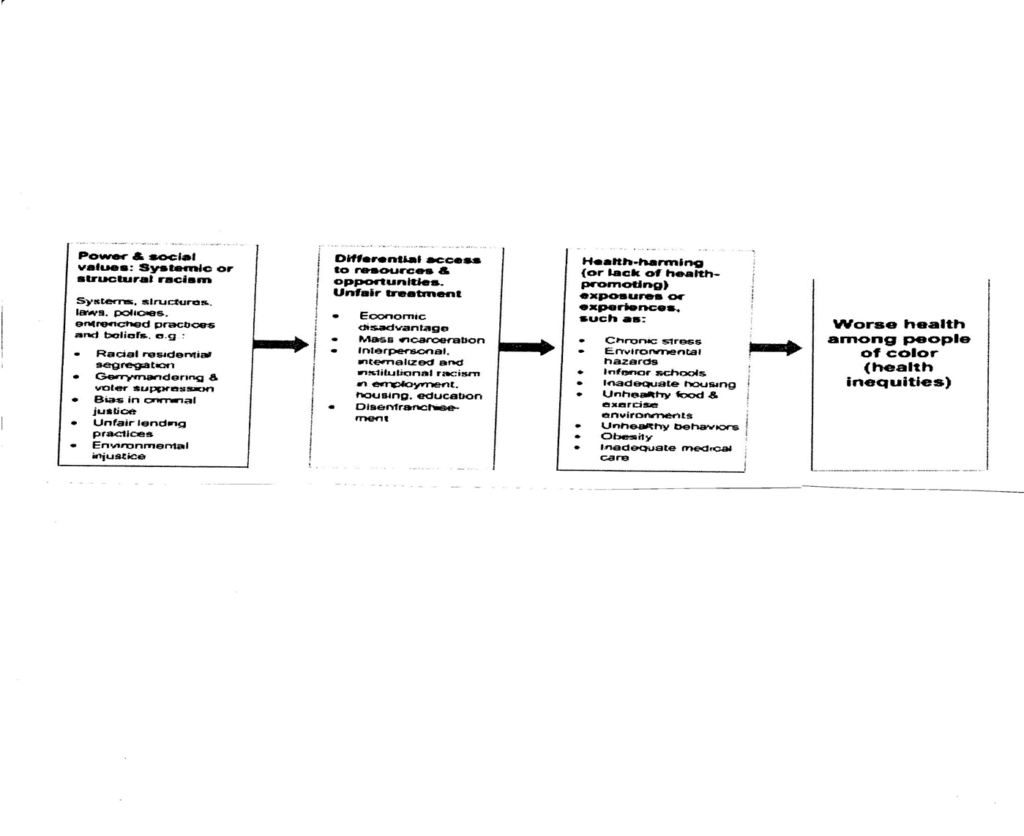
Transitional period in the human-race concept.
Whereas the thinking of the 17th Century was dominated by religious ideologies, the 19th Century and first half of the 20th Century were marked by the influence of misguided scientists such as Charles Davenport who used genetics to popularize the Eugenics Movements in the United States in the early 1900’s.. (See Essays LIII and LIV) By the mid-19th Century, centuries old religious framework that had dominated scientific thinking, began falling into disfavor. The work of Charles Darwin (1859) and Alfred Russel Wallace (1858), was based on scientific evidence that species are constantly evolving and related species descended from common ancestors. Whereas Linnaeus based his system on religion, biologists began to draw upon many other fields such as geology, paleontology and more recently DNA analysis and, consequently, many species have been reclassified. On a larger scale, Kingdom Fungi, which were traditionally thought to be closely related to plants are now thought to be more closely related to Kingdom Animalia. In fact, Linnaeus placed fungi in the plant kingdom because they grew in soil and possibly he knew they had cell walls but probably didn’t know that, unlike plants, fungi lack cellulose in their cell walls.
But, although Darwin believed that humans all belong to the same species, in his book The Descent of Man and Selection in Relation to Sex (1871), however, he also hinted that different races were possible and even predicted “At some future period, not very distant as measured. by centuries, the civilized races of man will almost certainly exterminate and replace the savage races of the world.”(1874) Darwin’s half-cousin, Francis Galton was the first to use the term “Eugenics” and Herbert Spencer who advocated ” social Darwinism” (racist social and economic policies) coined the phrase “survival of the fittest” ‘ (O’Connell, M. et al.) News to me too!
Of course, the extreme example of racism was the horrific antisemitism movement of Hitler’s Nazi Germany which professed that the world was defined by a struggle among “races”. Hitler’s radical views of “race” were propagandized in his 1925 book, Mein Kampf, which resulted in the mass extermination of 6,000,000 Jews. His “master race” involved forced breeding of young girls and women with “good Aryan blood” to similar German soldiers. The main criteria were blond hair, blue eyes. good health, and mentally stable traits.
As described in Essays LIII and LIV and in part one of this essay, misguided scientists using pseudoscience have perpetuated racism, discrimination, disenfranchisement, and partial extermination of millions of people around the globe.
Summary and Recommendations
Despite scientific agreement that “race” is a social construct. Hispanic/ Latino is an “ethnicity” while African American/Black, American Indian, Alaska Native, and Asian/ Pacific Islanders are “races”. for which there is no biological basis. Each group has a shared ancestry history. “Ethnicity” evokes social factors such as history, language, beliefs, and customs while “race “perpetuates ideas of inherent-biological differences based on physical differences.” It is imperative that we analyze data on those groups that are ostracized and labeled- as an “inferior race”.. however, we must stop using the term “race”.(Hirschman)
Ashley Montagu proposed replacing “race” by the term ethnicity in the 1940’s. It should be noted that the terms “race” and “racial” have been replaced in most European countries by ethnicity. This change was brought on largely because of the extermination of over six million Jews during World War II.
As described in past essays and in part one of this essay, misguided scientists using pseudoscience have perpetuated racism, ,disenfranchisement, and partial extermination of millions of people around the globe.
We now know that racism can harm, in fact, severely uproot people’s lives in many ways. It can affect their health, their social economic status, their ability to achieve the “American. dream”, their chance to receive a good education and so on. One observer advised that we (Americans) should approach the term “race” with “reflection and debate..
Robert Joseph Graves Jr., author of four books on the subject of biological diversity and human “racism” explained his views in an article “Why We Must Teach Our Students About Race.” in The American Biology Teacher periodical. His first premise is that racism still benefits the social elite who controls American Society. Racism, he claims, divides groups, favoring white supremist (supremacists) who then successfully impede support for social programs that would help poor people. One of their objectives is to hamper the teaching of “race” and racism in history and biology classes and Critical Race Theory in biology classes. For more on CRT, see Education Week or simply use these essays as a starting point).
My Opinion
I wholeheartedly support all the arguments that call for debunking the myth that there are several human “races” We have enough examples from recorded history to know what happens when minorities are ostracized, discriminated against, disenfranchised, and finally obliterated or nearly so from society as chronicled in an editorial of the March, 2023 edition of the American Biology Teacher journal.
Until we as a global society learn to not just co-exist, but to accept others who do not necessarily share our same values, our same customs, our same laws. our same religious beliefs, our same opinions on abortion, sexual preference, or color of skin, or even same personalities , we will be a world divided. We must realize that we all have essentially the same basic needs (food, living space, clean water, clean air to breathe, shelter, equal access to health care, etc.). We are social animals and we must learn to not only tolerate innate differences among our fellow global citizens, but to embrace those as strengths.
In closing, I will leave you with a thought, a quote from Benjamin Franklin at the signing of the American Declaration of Independence. “We must all hang together, or most assuredly we shall all hang separately”
References
Baumer, L. (August 28, 2022). Part LIV7: Racism in science in the early 1900’s. lessonsonscience.com aka Essays on science for the
Baumer, L (July 4, 2022). :Part LII: The eugenics movement; bad science. lessonsonscience.com aka Essays on science for the common good. Bluehost/WordPress.
Darwin, C. (1871) The descent of man and selection in relation to sex John Muray
Graves, J. Jr. (2023). Why we must teach our students about race. The American biology teacher, Vol 85 No 42
Hirschman, C, (Sept., (2004) The origins and demise of the concept of race , Population and development review Vol 30 No 3
Linnaeus, C. (1735). Systema naturae
O’Connell, M. editor. (2022) Why biologists and biology teachers are uniquely qualified to discuss the issue of biological race, The American biology teacher, Vol 84 No 9. Original article by Jones, B. et al. Published online on 2013, May 21doi:10.1371/journal.pone.0064522



